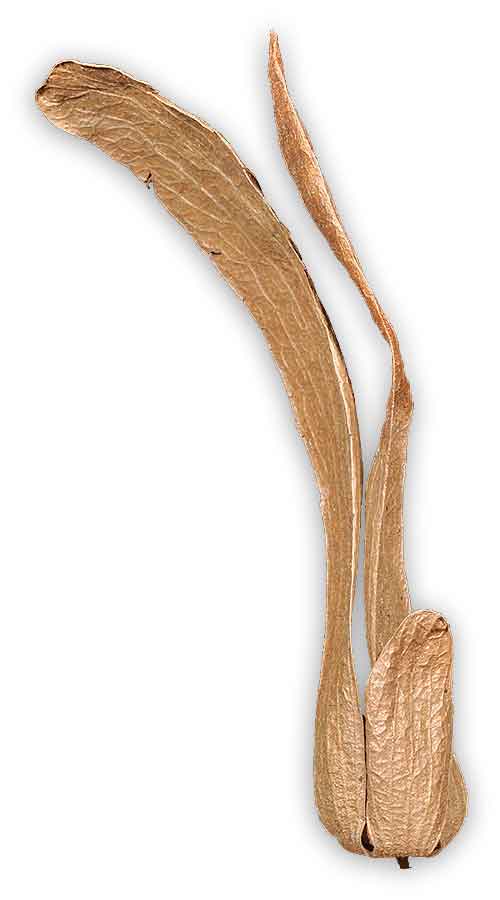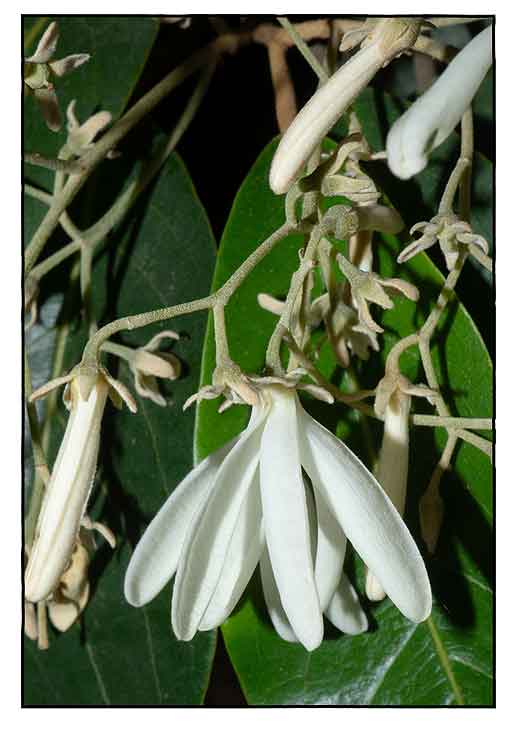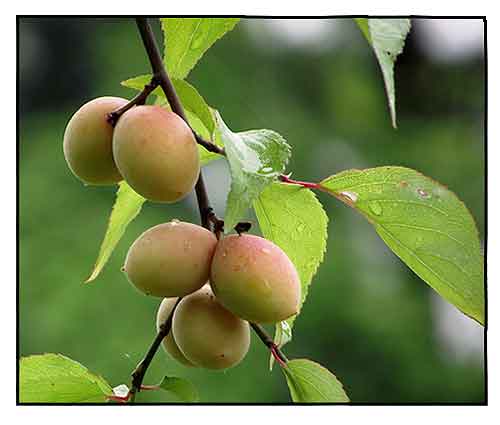
Family • Dipterocarpaceae
Salong-salong
Narig
Vatica mangachapoi Blanco
STELLATE-HAIR VATICA
Qing mei
| Scientific names | Common names |
| Anisoptera mangachapoi (Blanco) A.DC. | Aniga (Benguet) |
| Pteranthera mangachapoi (Blanco) Blume | Aningat (Pangasinan) |
| Shorea mangachapoi (Blanco) Blume | Danig (Rizal) |
| Sunaptea mangachapoi (Blanco) Kosterm. | Karig |
| Vatica mangachapoi Blanco | Labang (Ilokano) |
| Accepted infraspecifics (2) | Narig (Tag.) |
| Vatica mangachapoi subsp. mangachapoi (17 synonyms) | Salong-salong (Tag.) |
| Cotylelobium philippinense F.Heim ex Brandis | Stellate-hair vatica (Engl.) |
| Dipterocarpus mangachapoi Blanco | Green plum (Engl.) |
| Mocanera mangachapoi Blanco | |
| Sunaptea bureavi F.Heim | |
| Vatica apteranthera Blanco. . . | |
| Vatica mangachapoi var. wanningensis Fu & Yang | |
| Vatica patula Symington | |
| Vatica reticulata King | |
| Vatica scaphula Fern.-Vill. | |
| Vatica whitfordii Foxw. | |
| Vatica mangachapoi subsp. obtusifolia (Elmer) P.S.Ashton | |
| Sunaptea obtusifolia (Elmer) Kosterm. | |
| Vatica obtusifolia Elmer | |
| Vatica mangachapoi is an accepted species. KEW: Plants of the World Online | |
| Note: Narig is a shared common name of many Vatica species in Mindanao. | |
| Other vernacular names |
| CHINA: Qing mei. |
| MALAYSIA: Resak, Resak julong, Resak bajau, Resak paya. |
| xxx: . |
| xxx: . |
• The plant produces helicopter seeds or winged seeds, which are surrounded by a pair of papery wings that, when the wind blows, carry the seeds farther away than most other fruit seeds. Distribution Properties Availability |
August 2024
![]()
 |
| PHOTOS / ILLUSTRATIONS |
| IMAGE SOURCE: Dipterocarpaceae : Vatica mangachapoi / Fruit / Copyright © 2018 by P B Pelser & J F Barcelona (contact: [email protected]) [ref. DOL131187] / Non-Commercial Use / Image modified / Click on image or link to go to source page / Phytoimages.siu.edu |
| OTHER IMAGE SOURCE: Seeds of Vatica mangachapoi / CMG / CGTN / Enchanting Hainan: A Plant Kingdom / Non-commercial use / Image modified / Click on imagebook or link to go to source page / CGTN |
| OTHER IMAGE SOURCE: Vatica mangachapoi / © 曾云保 / Some rights reserved / CC BY-NC / Image modified / Click on image or link to go to source page / iNaturalist |
| OTHER IMAGE SOURCE: Vatica mangachapoi seeds / © Tree Seeds / Non-commercial use / Image modified / Click on image or link to go to source page / Tree Seeds |
Additional
Sources and Suggested Readings |
• |
DOI: It is not uncommon for links on studies/sources to change. Copying and pasting the information on the search window or using the DOI (if available) will often redirect to the new link page. (Citing and Using a (DOI) Digital Object Identifier) |
| List of Understudied Philippine Medicinal Plants |
| New plant names needed The compilation now numbers over 1,500 medicinal plants. While I believe there are hundreds more that can be added to the collection, they are becoming more difficult to find. If you have a plant to suggest for inclusion, native or introduced, please email the info: scientific name (most helpful), local plant name (if known), any known folkloric medicinal use, and, if possible, a photo. Your help will be greatly appreciated. |
• |
 |




 Uses
Uses